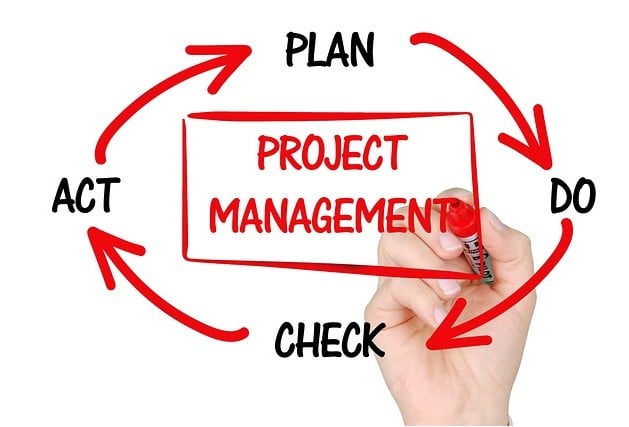As businesses continue to evolve, so do their needs and the projects they undertake. In order to execute these projects successfully, it is essential to have a clear understanding of the requirements involved.
Requirements gathering and management is the process of collecting, documenting, and keeping track of the needs and expectations of stakeholders throughout the project lifecycle. This important step helps to ensure that the project team has a clear understanding of what is expected of them and that they are able to deliver a successful project that meets the needs of all stakeholders. Visit https://www.requiment.com/ for more information about Requirements Gathering and Management.
Here are some key benefits of requirements gathering and management:
Defines Project Scope Accurately
Accurately defining the project scope enables stakeholders to have a clear understanding of what is expected, which helps to reduce misunderstandings, delays, and budget overruns. It also allows for better control of the project, as deviations from the scope can be identified and addressed early on. A well-defined project scope is the foundation for effective requirements gathering and management, as it provides a clear direction for the project team to follow and ensures that all project activities are aligned with the overall project goals.
Helps to Set Expectations Clearly
The process of gathering and documenting requirements allows project teams to establish a common understanding of what needs to be delivered and how it will be achieved. This helps to ensure that all stakeholders, including clients and team members, have a clear understanding of the project scope, timeline, budget, and deliverables. When expectations are set clearly from the outset, it can help to prevent misunderstandings, delays, and costly rework later on in the project. Clear requirements also serve as a benchmark for measuring progress and determining when the project is complete, which can help to build trust and confidence with stakeholders.
Avoids Scope Creep and Delays
Scope creep refers to the tendency for project requirements to expand beyond their original scope, resulting in an increase in the project timeline and costs. This can occur when stakeholders change their minds about what they want, or when new requirements are added without proper assessment of their impact on the project. By clearly defining requirements at the outset of a project and managing them throughout its lifecycle, project managers can ensure that all stakeholders have a shared understanding of what is to be delivered, and can effectively control changes to the project scope. This helps to keep the project on track and within budget and ultimately leads to more successful project outcomes.
Reduces Costly Rework Later On
When requirements are not properly defined and documented, it can lead to misunderstandings, misinterpretations, and changes to the project scope. This can cause delays, budget overruns, and ultimately, a failed project. By taking the time to properly gather and manage requirements, stakeholders are able to ensure that everyone is on the same page and that the project is headed in the right direction. Any issues or changes can be addressed early on before they become major problems. This not only saves time and money but also helps to ensure the success of the project.
Enhances Stakeholder Communication Channels
Effective communication is a key component of successful project management, and stakeholder communication is particularly critical for ensuring that project requirements are clearly understood and accurately captured. By adopting a structured approach to requirements gathering and management, project managers can enhance stakeholder communication channels and ensure that all relevant parties are kept informed throughout the project lifecycle. This in turn helps to build trust and confidence among stakeholders, mitigates the risk of misunderstandings or misinterpretations, and provides a framework for managing expectations and addressing issues as they arise.
Conclusion
Requirements gathering and management is an essential step in the project management process, as it helps to ensure that projects are delivered effectively and on time. By clearly defining requirements at the beginning of a project, setting expectations among stakeholders, and managing any changes throughout its lifecycle, project teams can reduce the risk of budget overruns, delays, and costly rework. Requirements gathering and management is a critical part of project success, and as such, should not be overlooked or underestimated.





